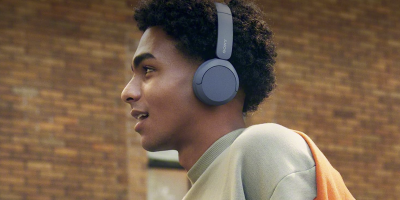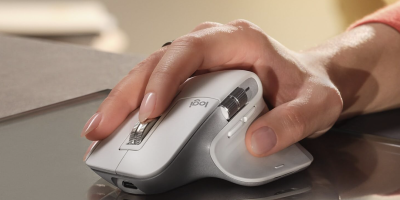While many people will accuse Apple of rehashing the same old design for several generations of its iPhones, it should be said that we’re seeing more and more Android manufacturers go the same route when it comes to smartphone design – take for example phones like the Samsung Galaxy S24 and OnePlus 12, both of which bear a lot of resemblance to their predecessors.
With that in mind, this does raise a question – are the days of innovative Android hardware design truly left in the past, or are minor iterative updates not so bad at all?
Brand Identity

This trend isn’t exclusive to a handful of brands – take a look at the big names in the industry, and chances are you’ll notice a lot of visual similarities especially with their flagship devices. In addition to the S24 series we have the Xperia 1 devices, Google’s Pixel flagships, the Nothing Phone 1 and 2, and so on – it’s clear that companies are sticking to tried-and-tested designs without straying too much in terms of looks.
Perhaps one good reason for this is that it works towards establishing a definitive brand identity for a company. Take for example Samsung’s S-Ultra phones – one look at the rectangular design and multiple camera bumps, and you’ll immediately know that it’s a Samsung phone, regardless of whether or not it’s an S22, S23, or S24 Ultra.
“It’s clear that companies are sticking to a tried-and-tested design without straying too much in terms of looks.”
![]()
The same goes for Google’s Android phones – one good look at the phone’s rear camera visor, and you’ll immediately know that it’s a Pixel. It’s a move that managed to work nicely for Apple, and given its successful marketing strategy it’s understandable why Android manufacturers would also want to stick with recognizable designs.
If it Ain’t Broke
Other than looks, another reason why manufacturers tend to stick to familiar designs is because of functionality – again we look to the Pixel line of smartphones as an example. A while back, Google gave an in-depth look into how functionality plays a major part in the Pixel’s camera window design, allowing engineers to stuff a good amount of hardware features into the phone’s camera without adding much to the device’s overall thickness.
![]()
READ: Google Gives an Insight into How it Designed the Pixel’s Camera Bar
Another example would be the Nothing Phone series – one major hardware feature baked into Nothing’s handsets is the Glyph Interface, which consists of LED lights designed for notifications and such. As a result, it’s a design that works and there’s little reason for Nothing to develop a hardware makeover.
There are of course some exceptions – for one, the Galaxy S8 and S9 both featured slim bezels on the top and bottom of the display, although Samsung removed this later on with the Galaxy S10 series, instead opting for a hole punch display to accomodate the front-facing camera, while at the same time increasing the overall screen real estate.
Final Thoughts

Of course, this is all subjective – an Android manufacturer might have entirely different reasons for sticking with familiar-looking designs, and not every user will enjoy the fact that next year’s phone might end up looking like their current daily driver. On the other hand though, it’s a discussion which reminds us that hardware designers and engineers are capable of coming up with groundbreaking products, and who knows – we might see an interesting new phone or two within the next few years.









Comments